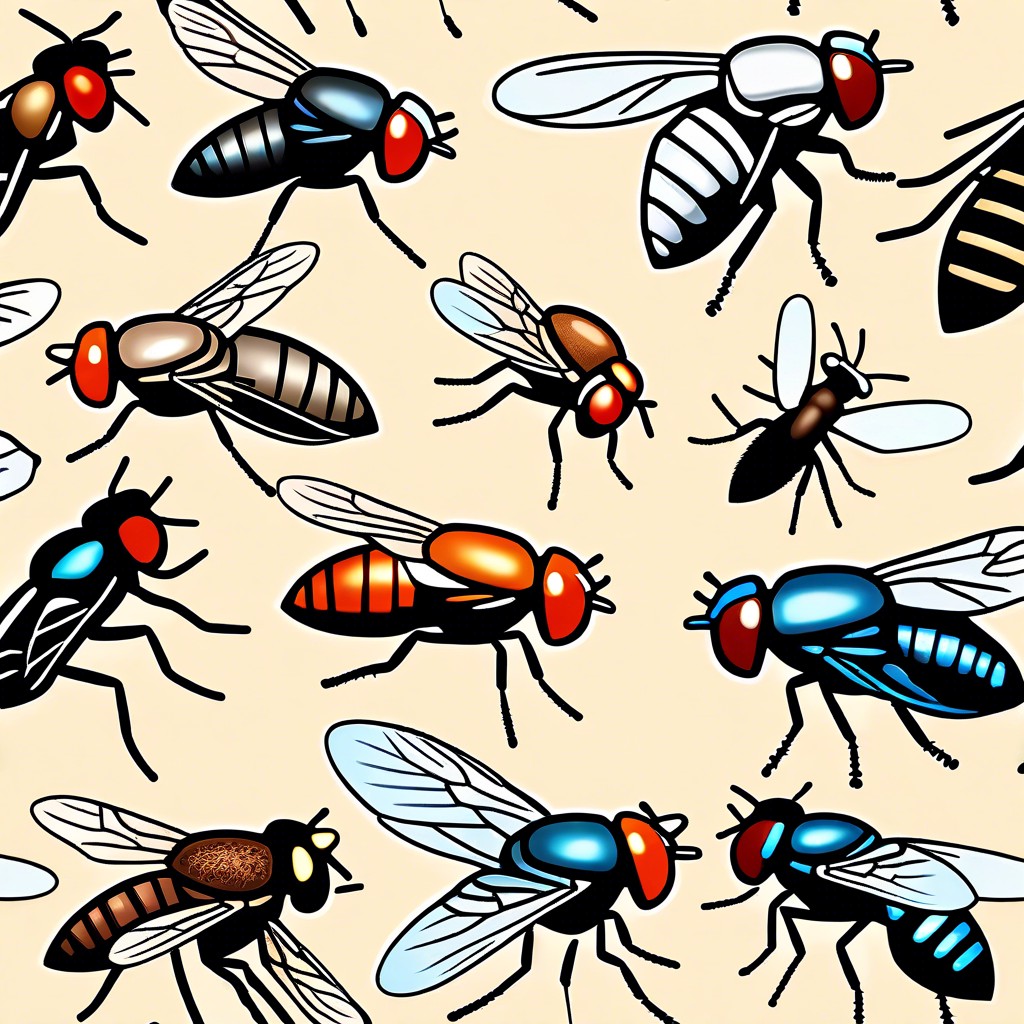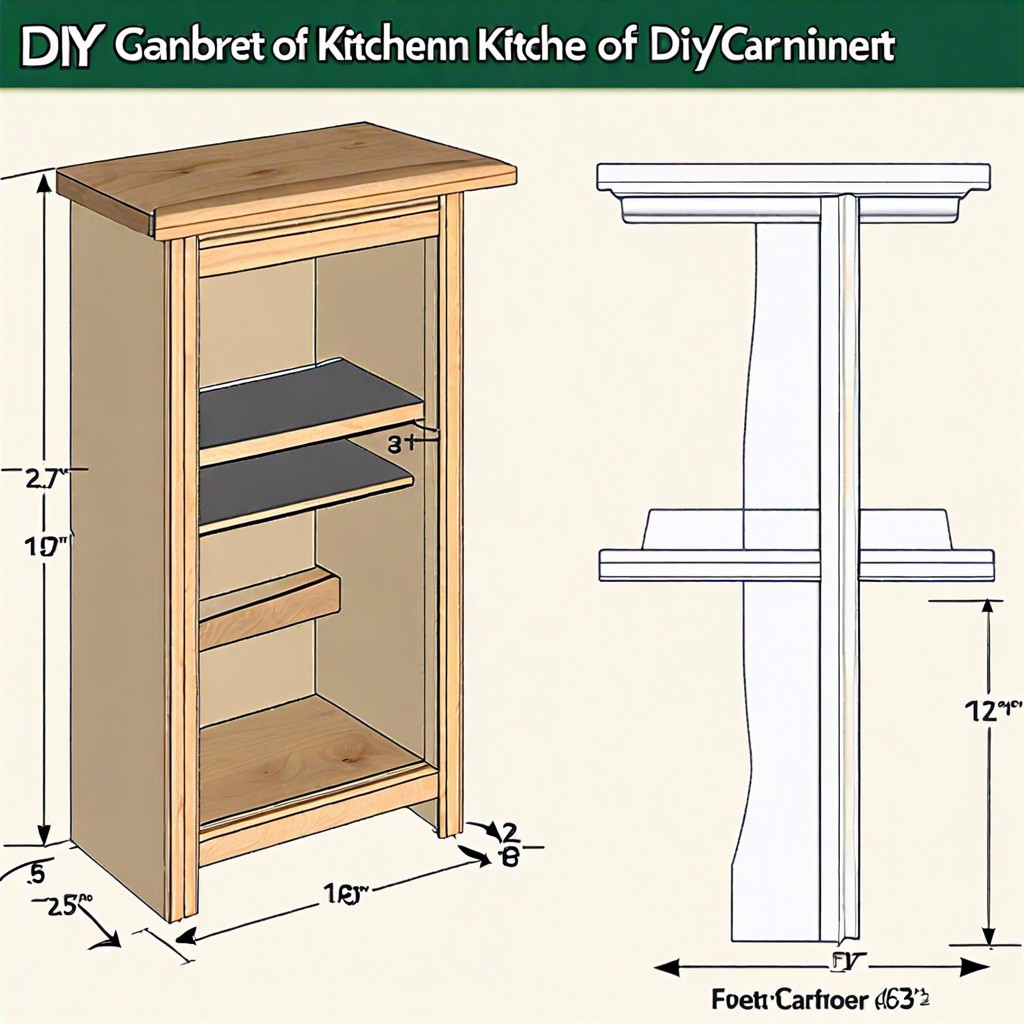Last updated on
Unleash the word enthusiast in you because mastering Wordle is simpler than you ever thought, provided you’re equipped with the right strategies and insider tips.
Dive into the phenomenon that has swiftly become a staple in the puzzle-loving community: Wordle. This seemingly simple yet intriguing online game captivates players daily as they decode the mystery of a five-letter word within six tries.
Each guess unfolds like a strategic dance—colored tiles provide the essential hints to steer you closer to victory. Whether you’re a seasoned player seeking to refine your approach or a newcomer eager to delve into tactics, harnessing the knowledge of letter frequency and smart starting word choices is your key to excelling.
Let’s unlock the strategies that transform every guess into a step towards that satisfying moment of discovery—the correct Wordle word.
Key takeaways:
- Wordle is a daily word puzzle game played online.
- Players guess a five-letter word with six attempts.
- Feedback is given through colored tiles – green, yellow, and gray.
- Choose starting words strategically and use feedback to guide guesses.
- Understanding letter frequency can improve your Wordle game.
What's Inside
What Is Wordle?

Wordle is a daily word puzzle game accessible online. Players have six chances to guess a five-letter word, with feedback provided in the form of colored tiles for each guess, indicating how close their guess was to the word of the day. Green tiles confirm the correct letter in the right spot, yellow tiles show the right letter in the wrong spot, and gray tiles indicate the letter doesn’t appear in the word at all.
This simple yet addictive game offers a fresh challenge every 24 hours, with players around the globe trying to maintain winning streaks. Social media has helped fuel Wordle’s popularity, as players share their results (without spoilers) using a grid of black, yellow, and green squares.
The game’s appeal lies in its simplicity, accessibility, and the communal experience it fosters, as friends and family compete or collaborate to unravel the day’s word. Wordle provides an engaging mental exercise that has captured the collective interest of puzzle enthusiasts and casual players alike.
How To Play Wordle

Start with a grid of five-by-six, where each box represents a letter in the word you’re going to guess. You will have six attempts to guess a five-letter target word.
1. Input a valid five-letter word and hit ‘enter’ to submit it as your guess.
2. The game provides color-coded feedback:
- Green indicates the correct letter in the correct spot.
- Yellow means the letter is in the target word but in a different spot.
- Gray tells you the letter is not in the word at all.
3. Use the feedback from your previous guesses to inform your next guess.
4. Attempt to deduce the correct word with the fewest guesses, aiming to solve it by the sixth try for success.
5. Play daily since a new Wordle word is available every 24 hours for a fresh challenge.
Wordle Tips — How to Win At Wordle
Boost your Wordle success rate with these strategic moves:
1. Choose a solid starting word: Opt for a word rich in vowels and common consonants like ‘r’, ‘t’, ‘n’, and ‘l’ to maximize your chances of hitting correct letters right off the bat.
2. Capitalizing on feedback: Color-coded tiles guide your next guess. Yellow letters are in the wrong spot—move them around. Green letters are correct—keep them in place and build around them.
3. Eliminate and deduce: After each guess, eliminate letters and positions that have been ruled out. This process of elimination narrows down your options significantly.
4. Avoid repeating letters initially: Use your first couple of guesses to try out as many different letters as possible. It’s about gathering information early on.
5. Think about word structure: Letters rarely used or those appearing more commonly at the beginning or end of words should be considered when deciding your follow-up guesses.
Employ these tactics regularly, and you’ll see your win rate climb. Practice makes perfect, and soon enough, you’ll be a Wordle wizard!
Most Common Letters in Wordle
Understanding the frequency of letters in the English language can significantly improve your Wordle game. E, T, A, O, I, and N are among the top letters used in English, so they’re likely to appear in the game’s five-letter words. Increased usage of vowels in your initial guesses can also be a smart strategy, as they often appear in many words and can help pinpoint the correct placement of other letters.
Consonants like R, S, and T are also good choices for early guesses due to their high occurrence in common words. Analyzing the structure of English words, digraphs—two letters making a single sound like ‘TH‘ or ‘CH‘—can also be a useful tactic in later guesses. Remember, success in Wordle isn’t just about the letters themselves, but also about their positioning within words.
The Best Wordle Starting Word
Selecting an optimal starting word can give you a significant advantage. Aim for words that include common vowels and consonants, as they appear in English words more frequently.
A word like “later” encompasses three common vowels and a pair of often-seen consonants, ‘l’ and ‘r’.
Avoid starting with obscure letters like ‘z’ or ‘q’, which reduce the likelihood of hitting a correct letter on your first attempt.
Another strategy is to pick a word that includes common letter pairings, like ‘st’ or ‘ch’.
By doing so, you not only check individual letters but common clusters as well, which could be beneficial in narrowing down your options in subsequent guesses.
Remember, the objective is to unveil as much of the mystery word as possible from the onset, so choose your initial word wisely!
Is Wordle Getting Harder?
Some players have reported an increase in difficulty, feeling that the puzzles are growing more challenging with time. However, the game’s design ensures the level of challenge remains constant. Each day, the chosen word comes from a preset list, avoiding obscurity. If the game seems harder, it could be due to a few factors:
- Familiarity with Strategy: As you play more, you might start applying more complex strategies, which can sometimes make the game feel trickier if those strategies don’t pay off.
- Variations in Letter Frequency: Some words feature less common letters or letter combinations, which can naturally feel more challenging if your starting guesses don’t align well with these.
- Psychological Bias: If players hit a streak of solving puzzles easily, a suddenly challenging word might feel like an increase in difficulty when it’s simply the luck of the draw.
- Community Effect: Public discourse about a particularly tricky Wordle can skew perception, making the game seem harder because the collective consensus says so.
Remember, the key to Wordle is not just vocabulary knowledge but also pattern recognition and strategical letter placement. Keep playing consistently, and over time, you’ll be better equipped to tackle the full range of words the game throws at you.
Wordle Alternatives
If you’re seeking variety or a new challenge beyond the daily Wordle puzzle, numerous alternatives have emerged, each with a unique twist on the popular word game.
Quordle: Amplify the challenge by guessing four words simultaneously, pushing your multitasking skills to the limit.
Heardle: A musical take on the format, tasking players with identifying a song from its intro.
Dordle: Double the fun with two words to guess at the same time.
Octordle: For those who find Quordle too easy, Octordle ups the ante with eight words to solve.
Absurdle: Adversarial variant of Wordle that changes the target word based on your guesses to prolong the game.
Crosswordle: Combines the mechanics of Wordle with the grid format of a crossword puzzle, infusing a more traditional word game element.
Sweardle: A cheeky variant catering to adults with a penchant for guessing four-letter words of the more colourful variety.
Nerdle: Instead of letters, you deal with numbers and mathematical symbols, crafting a correct equation each day.
Explore these alternatives to keep your word-whittling wits sharp or simply to add a refreshing change to your puzzle routine.
Tips and Tricks for Beginners
Start with common letters. Use vowels like ‘A’ and ‘E’ in your first guess to get a feel for the word structure. Next, incorporate popular consonants such as ‘R,’ ‘T,’ ‘N,’ and ‘S.’
Avoid reusing grays. If a letter is grayed out, eliminate it from subsequent guesses. This optimizes your chances of uncovering new clues.
Consider word frequency. Common words are more likely to be the answer than obscure ones. Familiarize yourself with commonly used five-letter words.
Implement letter shuffling. If you’ve identified several correct letters but are stuck on the placement, reshuffle them in different combinations to spark inspiration.
Pay attention to letter pairs. Certain letters often appear together in the English language (like ‘CH,’ ‘SH,’ ‘TH’). If you spot one, think of partners that might complete a familiar duo.
Limit your guess range. Try not to waste guesses on words that diverge greatly from the clues you’ve gathered. Each guess should logically build on the information you have.
Use the process of elimination. If you’re down to two or three options, use a process of elimination to narrow down your final guess.
Stay patient and analytical. Wordle is a puzzle that rewards those who methodically approach it with patience and a strategic mindset.
The History of Wordle Games
The sensation that is Wordle began as a personal project by software engineer Josh Wardle. He originally created the game for his partner, who loved word games. It was a simple, yet captivating daily word challenge that they could both enjoy. Wardle’s creation was first released to the public in October 2021, and it didn’t take long for Wordle to become a global phenomenon.
The charm of Wordle lies in its simplicity and the shared experience it offers. Players have 24 hours to solve the same single word puzzle, fostering a sense of community among users. The game’s viral spread was fueled by social media, with players sharing their results daily without spoiling the answer thanks to a spoiler-free emoji grid.
Wordle’s popularity soared with its winning combination of minimal design, ease of access through a web browser without the need for an app, and its non-intrusive, ad-free platform. By January 2022, the New York Times took notice and acquired Wordle for a sum in the low seven figures, intending to keep it free-to-play for the time being.
Wordle’s success has since inspired a host of variations and spin-offs, tapping into the widespread appeal of casual gaming and sparking a renewed interest in word games.
Wordle Rules
Understanding the rules is crucial to enjoy and succeed at Wordle. Here’s a quick rundown of the essentials:
- Each day, players have six attempts to guess a five-letter word.
- After each guess, the letters are highlighted in different colors as clues.
- Green indicates the letter is in the word and in the correct position.
- Yellow means the letter is in the word but in a different spot.
- Gray tells you the letter isn’t in the word at all.
- There’s only one puzzle per day, so use your guesses wisely.
- Share your results without spoilers, using the game’s built-in sharing function that turns your guess pattern into emoji.
Keep these guidelines in mind, and you’ll navigate the world of Wordle with ease.




